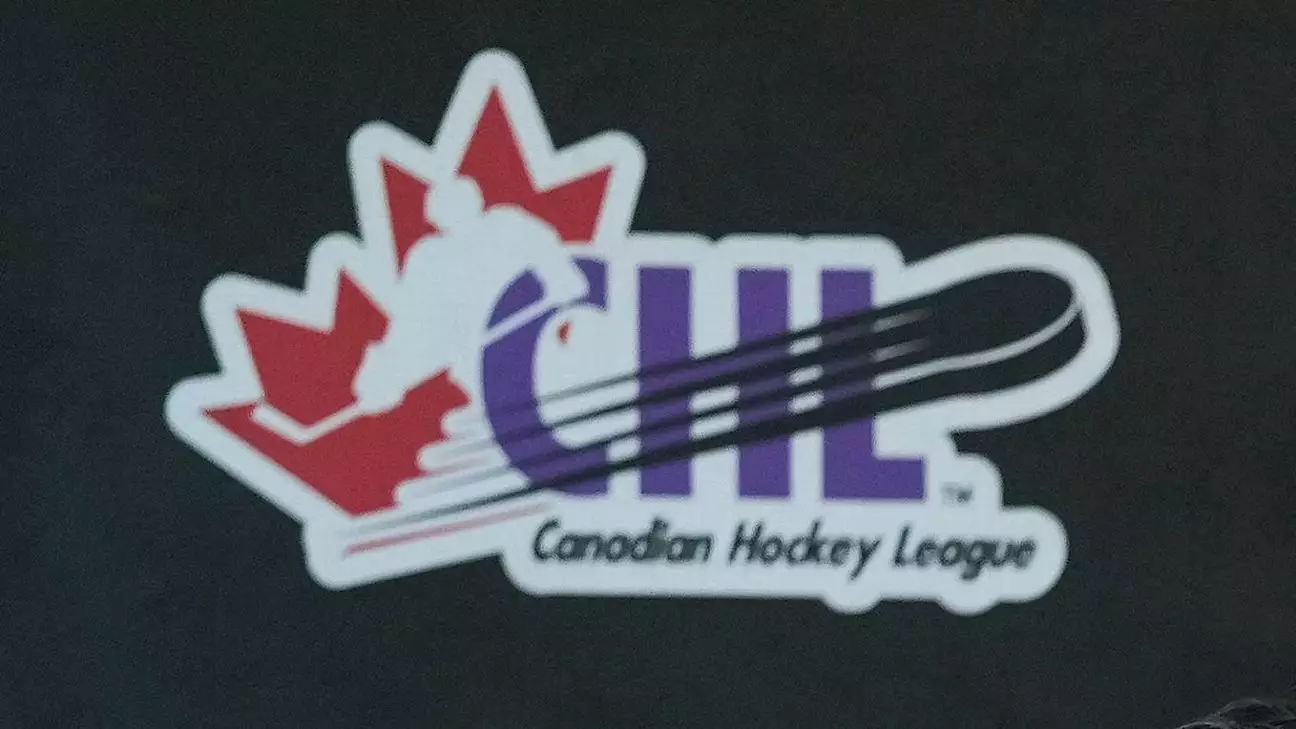In a pivotal week for collegiate athletics, the NCAA Division I Council is set to deliberate on significant revisions to eligibility guidelines that could reshape the landscape for aspiring hockey players from the Canadian Hockey League (CHL). This anticipated movement, as communicated by Forrest Karr, executive director of the American Hockey Coaches Association and athletic director at Minnesota-Duluth, seeks to dismantle barriers that have historically obstructed CHL athletes from competing in U.S. collegiate hockey. The upcoming council meeting, scheduled for early this week, serves as a platform for potentially revolutionary changes.
The proposal to modify existing legislation regarding CHL players stems from a comprehensive review conducted by a specialized committee, which Karr oversaw at the NCAA’s behest. He explained that should the council sanction these changes, discussions surrounding the timing for their implementation will also be a focal point. This could mean immediate advantages for CHL players, who have faced restrictive eligibility criteria due to their association with leagues classified under the NCAA as professional.
This push for reform comes in the wake of a class-action lawsuit filed on August 13 in U.S. District Court, which challenges the NCAA’s longstanding prohibition against players from several CHL leagues, including the Western Hockey League (WHL), Ontario Hockey League (OHL), and Quebec Major Junior Hockey League (QMJHL). According to attorney Stephen Lagos, assertions made in the lawsuit highlight that the current regulations not only hamper opportunities for individual players but also the growth of hockey as a whole. The case was initiated on behalf of Riley Masterson, a young player who inadvertently jeopardized his eligibility when he participated in two exhibition games.
As this legal challenge continues without a formal response from the NCAA to date, the anticipation surrounding potential rule changes is palpable within the hockey community. It underscores the urgent need for an adaptive regulatory framework that acknowledges the evolving nature of amateur athletics and increasingly competitive talent pipelines.
The implications of modifying the NCAA’s eligibility standards are profound, potentially intensifying competition between the CHL and NCAA for burgeoning hockey talent. Both entities serve as crucial springboards for players aiming to enter the National Hockey League (NHL). By permitting CHL athletes to pursue NCAA opportunities, the collegiate system could harness a wider pool of talent, resulting in enhanced gameplay and more dynamic collegiate competitions.
Moreover, this change could address broader issues concerning how players are compensated in their respective leagues. As it stands, CHL players receive stipends for living expenses, whereas NCAA athletes are now navigating an environment that allows for monetary gain through endorsements and the use of their name, image, and likeness (NIL). The ability to earn reputable scholarships while upholding eligibility criteria for amateur status is becoming a vital topic of discussion amid changing societal values that favor player autonomy and financial growth.
The resolution of this eligibility debate may have immediate manifestations, as seen with Braxton Whitehead’s recent verbal commitment to Arizona State University, marking him as the first CHL player aiming to transition to NCAA Division I hockey. Whitehead’s intention to play for the WHL Regina Pats before making his collegiate debut in 2025-26 signals a hopeful trend in cross-league player movement—which, if institutionalized through NCAA rule changes, could redefine recruitment strategies for Division I programs.
As the NCAA Division I Council prepares to gather and confer upon these pressing issues, various stakeholders, from coaches to potential collegiate athletes, will be watching closely. The decisions made in the coming days may not only affect current and future generations of hockey players but could also serve as a precedent for how amateur athletics are governed in North America.
As the NCAA examines potential alterations to longstanding eligibility rules, the fate of CHL players hangs in the balance. This moment could signify a transformative shift toward inclusivity, workforce diversification in athletics, and a more robust qualification process that all players—and the sport of hockey itself—could benefit from.


Leave a Reply